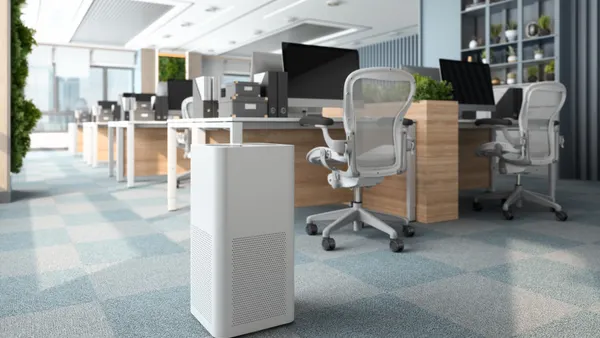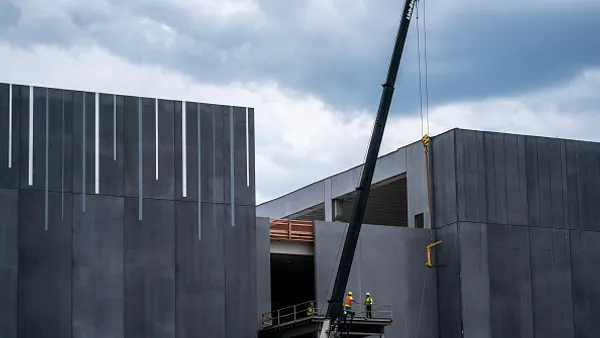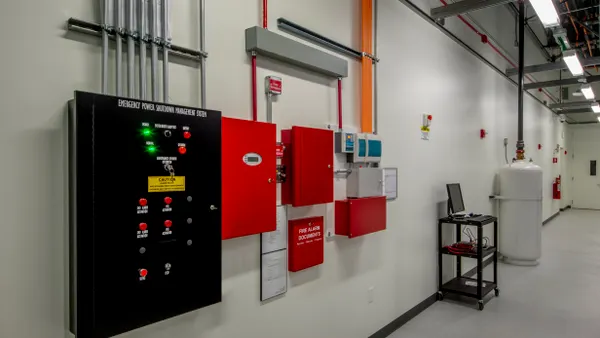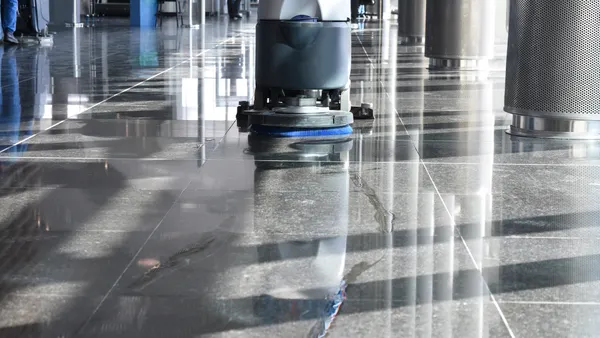Johnson Controls’ OpenBlue smart building suite and FM:Systems’ solutions can reduce energy costs and heating and cooling service costs, in addition to providing real estate savings and rental premiums, according to an analysis conducted by Forrester.
The report, commissioned by Johnson Controls, found that organizations deploying OpenBlue and FM:Systems solutions could realize a three-year, risk-adjusted energy savings of up to 10%, reduced chiller maintenance costs by 67%, leased real estate savings of 21.9% and a 7% increase in rental premiums, Forrester says.
To conduct its analysis, Forrester created a composite company based on input from executives whose organizations are using the two companies’ smart energy management technology.
The analysis assumed a representative composite company with 1,800 employees, 50 million square feet under management, $60 per square foot annual revenues from assets under management, 175,000 owned square feet used by employees and $50 per square foot annual cost of non-owned office space.
The analysis found these solutions were able to provide a benefit of $11 million over three years after factoring in $4.3 million in costs for implementation, deployment, licensing and labor, resulting in a 155% ROI, Forrester says.
Prior to implementing the solutions, the composite company lacked a unified view or cohesive understanding of aggregated facilities costs, energy usage, carbon emissions and workplace utilization that would enable businesswide real estate-related cost, revenue and brand optimization, Forrester says. Additionally, organizations faced competitive pressures to maintain profits while being seen as market leaders, “particularly as it related to innovation and environmental impact.” Companies also struggled with shifts in workplace policies that brought new utilization challenges, per the report.
By having a unified view into building operations across a portfolio of properties and real-time understanding of energy use, the composite organization was able to optimize its energy use both during business hours and after, reducing its overall energy expenditures over three years by $3 million, according to the report.
Insights into uptime of any given piece of equipment also enabled the sample organization to optimize its use of maintenance services, shifting from scheduled maintenance to proactive maintenance that only required service work “if and when a machine breaks or when OpenBlue recognizes that service is needed to avoid downtime,” Forrester says.
“By moving from monthly service to quarterly service, the composite also reduces its maintenance spend on chillers by nearly $1.5 million in present value over three years,” Forrester says.
Additionally, by having a solution that can track and analyze workspace utilization, the composite company was able to make more of its owned real estate and reduce expenses on rented office space, redeploying owned office space for use by employees who were previously in rented space, Forrester says.
Lastly, the sample organization would be able to apply for smart building and green certifications after implementing smart technology and improving the environmental impact of its properties. These certifications are able to produce average rental premiums of 8% and 4%, respectively, the report says.












